Watch the Sound with Mark Ronson, Apple TV+’s latest documentary series, sees the genius producer sit down with his famous musician friends and geek out over the technologies and techniques of making music. Unlike say, Song Exploder, this series doesn’t delve into the creation of a particular piece of music, but rather takes a big picture look at all of the tools musicians use – from Auto-Tune, to sampling, to drum machines – in order to make music that doesn’t just sound good, but sound different.
Umapagan Ampikaipakan: As a kid, I remember watching this 30 minute behind-the-scenes special on how they made the music video for Lionel Richie’s “Dancing on the Ceiling.” (TLDR: they used a revolving room that was synchronized to a remote controlled camera). This was all the way back in 1986 when our local TV channels would frequently screen these “making of” programmes. I remember recording it on VHS and then watching it over and over again. I remember being so enthralled with the smarts and ingenuity that went into making people look like they were actually dancing on the ceiling of that room.
What’s more, learning how they made that happen didn’t take any of the magic away from that moment. It didn’t make it any less real. I would say that it made me appreciate both the song and the music video even more. I already loved music, but I’m pretty sure that Come On Up!: The Making of Lionel Richie’s Dancing on the Ceiling was the thing that got me obsessed with everything that happens behind the music.
I’m not sure if we’re living in some golden age of music documentaries, or just the golden age of accessibility, but I am totally here for all of this glorious content. From Song Exploder and McCartney 3, 2, 1, to Bruce Springsteen’s Letter to You and Folklore: The Long Pond Studio Sessions – just to name a few – we have, of late, had unprecedented access to some of our greatest musical minds.
I love watching how the sausage gets made. I find the process of creation just as inspiring as the creation itself. I may not understand their genius, or know how to explain it, but being able to sneak a peek at how these minds work is truly a gift.

Bahir Yeusuff: It’s a great way to nerd out. And I think the delivery of these new types of music documentaries is also shifting. It’s no longer “hosted” by someone else. It’s first person, either like a diary (Bruce Springsteen’s Letter to You, Folklore: The Long Pond Studio Sessions) or exploratory (McCartney 3, 2, 1), the forms these documentaries take are more intimate, and dare I say more heartfelt.
Watch The Sound really feels personal to Mark Ronson. He’s doing a deep dive into all these different aspects and elements of music and music making that he’s either used all this time, or has heard of but feels like he doesn’t know enough about. That first episode, which opens with Lady Gaga’s glorious and just absolutely pitch perfect voice track from Shallow, with Ronson then trying to introduce Auto-Tune on it, was just a great way to start the episode on that much maligned piece of technology.
UA: I too fell into that camp of self-proclaimed Auto-Tune haters. And it was purely out of complete and utter ignorance. Technology is a tool, and God knows we can use it for both good (Daft Punk’s “One More Time”) and evil (Paris Hilton’s “Come Alive”). In the right hands, even something as despised as Auto-Tune can be used to create something beautiful. I truly enjoyed that first episode. I loved watching Ronson’s journey from “music purist” to begrudgingly acknowledging its worth.
10,000 Hours
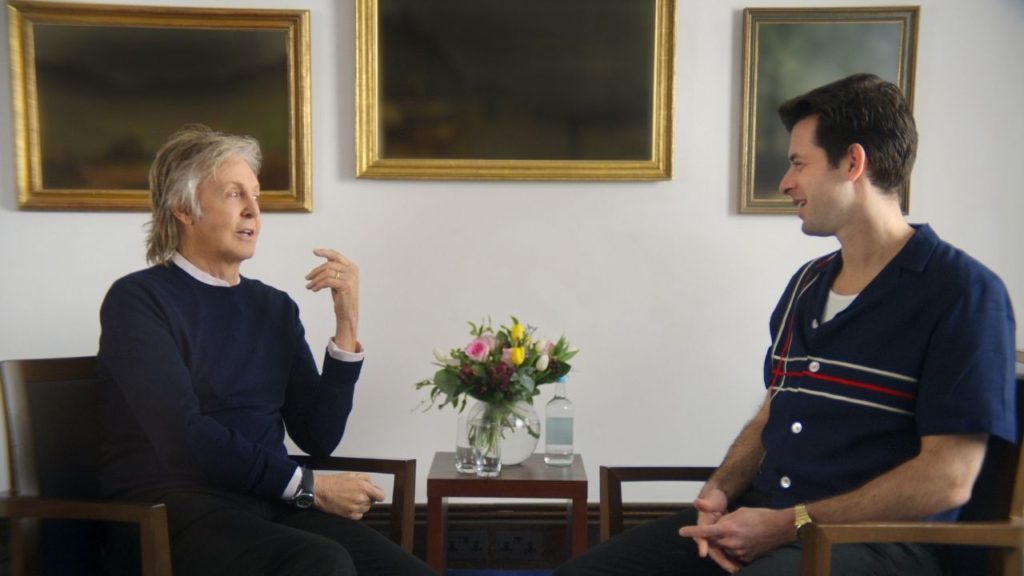
UA: I really enjoy the sort of geekery on display in Watch the Sound. It doesn’t just demonstrate passion for the work, but is also reflective of the sheer amount of knowledge that Ronson (and his many musical friends) have about the work that they do. Now, I don’t expect every artist to be able to explain his or her work. I do account for a certain amount of magic within the process. That said, watching them do it in this manner, being able to witness Gladwell’s 10,000 hours in front of us, is enough to give us genuine insight into their process.
And it’s not just with music. It could be with glassblowing, or restoring old cars, or grilling meat. Whenever people are this singular in their pursuits, it is always fascinating to figure out the hows and the whys.
BY: It’s the marrying of the technical and the artistic that always makes me go crazy. Like in Episode 2 about sampling; yet another maligned technique in purists’ eyes. Towards the end of the episode, Ronson, after a recent crate digging trip to Japan, meets up with DJ Premier, one of the godfathers of hip hop production, and hands him a handful of records. Watching DJ Premier find, not only a track, but a piece of a track, and then with sampling and layering, come up with something new, was absolutely magical. The episode ends with that track and rapper Wale just creating an absolute banger of a tune.
It was that moment of inspiration, scratch that, creation, that really blew my mind. Calling it “inspiration” is to diminish the ability of the music creator. Inspiration feels like giving credit to something ethereal and unknown. (And there are those moments too, like in McCartney 3, 2, 1, when Paul McCartney tells the story of how he woke up with a song in his head.) But in this instance, it was the genius of DJ Premier that allowed him hear the bit that he could grow into this song. To hear how it started and where it ended up, to watch DJ Premier create this thing was just incredible.
UA: Like you, I too had my reservations about sampling. Completely unfounded, of course. Because when you really think about it, sampling is something that all artists do. As a writer, before you find and grow your own voice, you borrow from others. You emulate the style of authors who inspire you. And in time, after it’s been filtered and processed through your own life experiences, it becomes something unique, and different, and yours. But the kernel of that original sample still exists.
I think about something like Under Pressure and Ice Ice Baby. Both songs may be rooted in the same riff, but they couldn’t be more different. Lyrically. Tonally. Everything about each song is unique despite starting at that same point.
If the first episode of Watch the Sound was somewhat academic in nature, this second one about sampling just blew the roof off the building. Watching theory be practiced right before your eyes, and then be used to manufacture beautiful art, was simply breathtaking.
BY: About 10 minutes into that second episode, Mark Ronson introduces us to the Akai MPC3000. The way he creates music and beats on the instrument made my wife and I almost immediately want to buy one. The way he starts with a literal phrase, “Just Like That,” and then cuts, and trims, and layers it was absolutely stunning. He was able to create beats, and hi-hat hits, and drum kicks from the individual syllables, finding it and putting it all together to create something out of just three words. Sampling and hip hop aficionados may call me naive and a johnny-come-lately, but it’s not that this is new information for me, it is in the watching of it happen that blows my mind. I’ve played that clip over so many times since and it still amazes me. In fact, I’m gonna rewatch it right now.
(For more on Mark Ronson and sampling, check out his TED Talk from 2014.)
Stay Curious
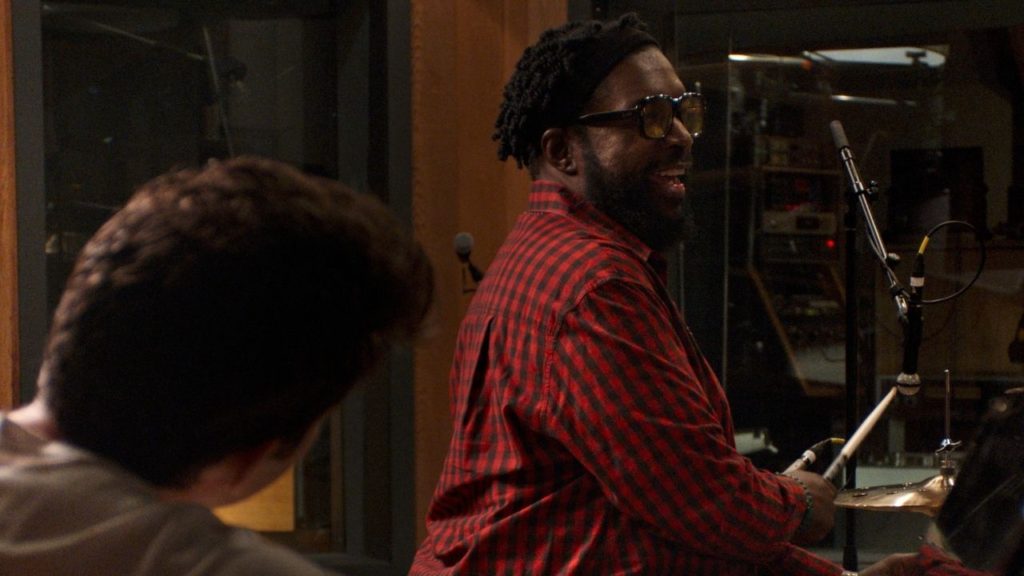
BY: These episodes really run the gamut of the things you know, but don’t know enough about. From Auto-Tune, to sampling and synthesizers, to drum machines, to entire episodes dedicated to reverb and distortion, there is something truly nerdy about all of this. As someone who plays music, and having spent time writing and recording, I did not think there was anything to learn about reverb or distortion and yet here I am, watching Mark Ronson and Dave Grohl cut up a speaker, and holy crap that sounds like distortion. There is so much here for anyone interested in the finer details of music and music production.
Also, I want to visit that disused diesel storage tank in Scotland.
UA: I think that’s what makes for a great documentary. When it uses your awareness of a certain subject as the gateway for deeper understanding. It begins with the mainstream (i.e. Lady Gaga and “Shallow”) and uses it as a way to get you excited about something far more complex and confounding.
The big takeaway for me, however, was in the character of everyone that Ronson chose to feature. Because they had one thing in common besides their love of music. Here are these individuals – Ronson, McCartney, Grohl, Questlove – all of them at the top of their game, and they are always curious and constantly learning. Nothing that they believe or know about music is set in stone. They are always exploring. Actively looking to have their ideas challenged and their minds changed.
If there is one thing that explains their greatness, it might be the ability to stay curious.
BY: And Watch The Sound does that very well. It shows how these incredibly accomplished individuals are still teaching themselves new things and playing with the new tools around them. How these paradigm shifts in technology – from the creation of the drum machine and getting Questlove out of that kitchen, to Dave Grohl hearing that distortion kick in, tp Paul McCartney and The Beatles playing with looping tapes, the precursor to the sampling machine – didn’t scare these musicians but refreshed them instead.
UA: I need to add that I love that Mark Ronson was the one taking us on this journey. The drawl in his voice is very comforting. It’s very inviting. Couple that with his resume and inquisitive nature and you have the perfect facilitator for these conversations. He has both the knowledge and the skills, but his approach to all of this is neither inaccessible nor condescending. He manages to strike that impossible balance in making this series appeal to someone like you, who makes music, plays music, and understands music, and someone like me, who has no musical skill and very little knowledge about how to make it.
BY: There is also a personal nature to the storytelling. Mark Ronson is going on this journey to learn about all these different musical instruments and tools, finding out the history of it, how it was used, how it can be used, and how it will be used. There is an overarching theme of past, present, and future in each of these episodes. And if that doesn’t spark something in you then you might have bigger things to worry about. (Like the lack of a soul!) I loved the way the show flits about between interviews and conversations, using different bits for different episodes, and how it all meshes together into one big cohesive experience. At 30 minutes each, these six episodes fly by, and by the end I was gasping for more.


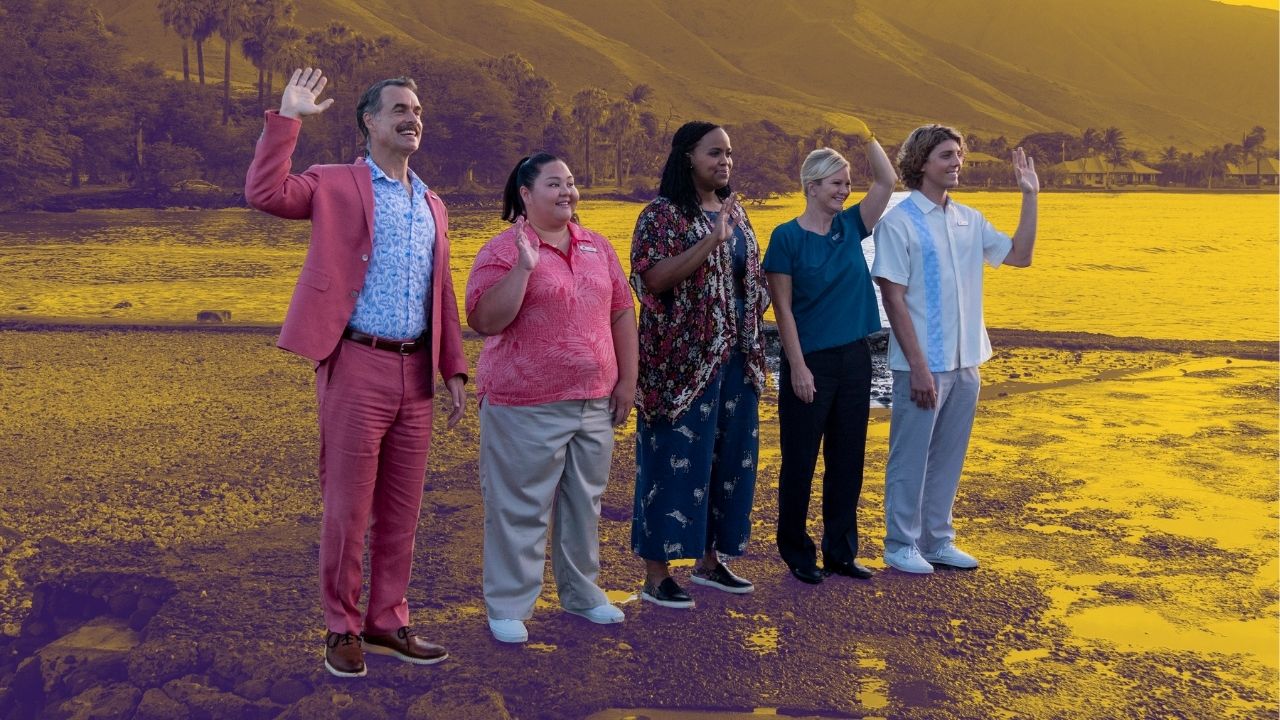
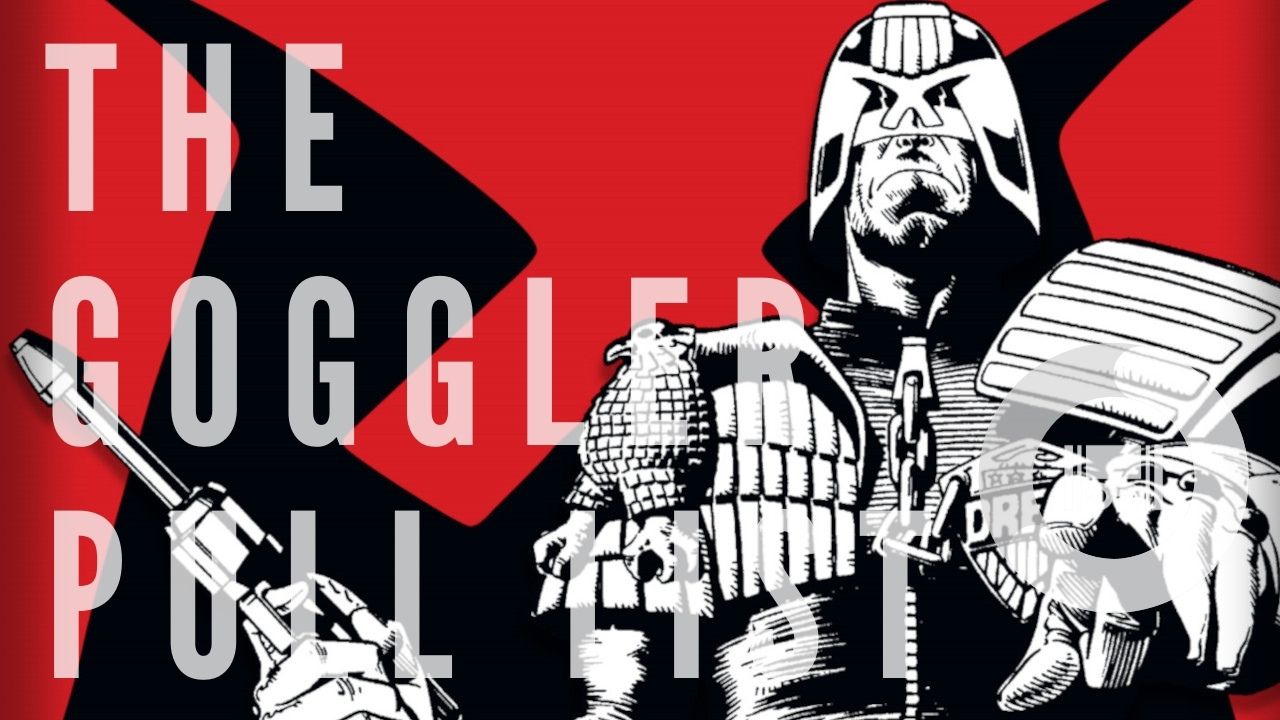
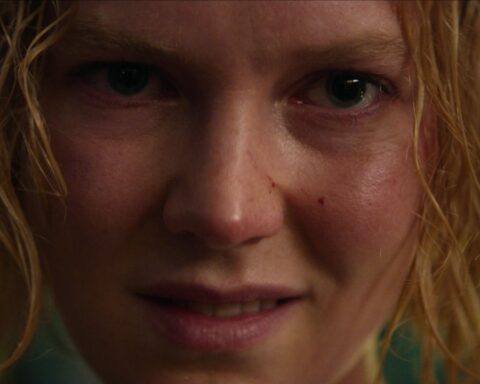

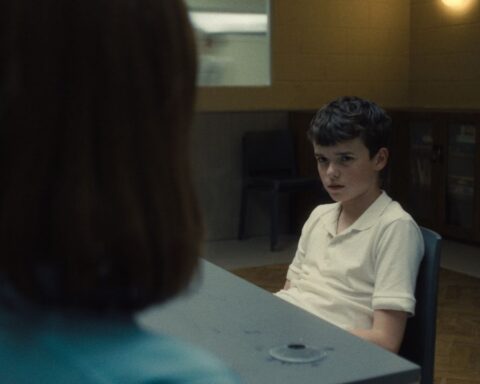
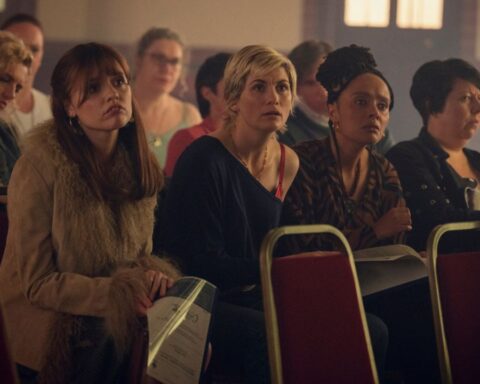

Follow Us